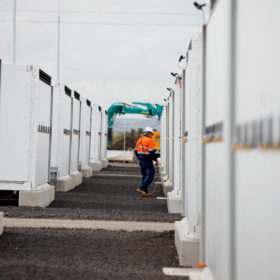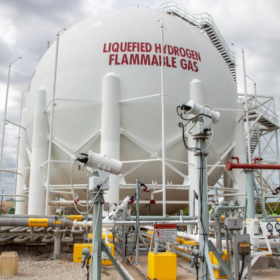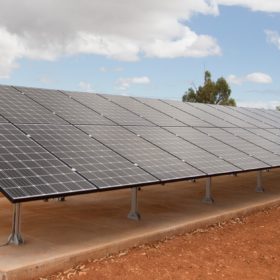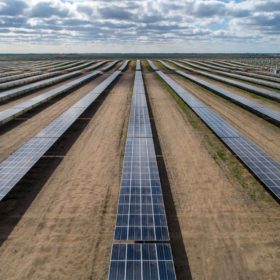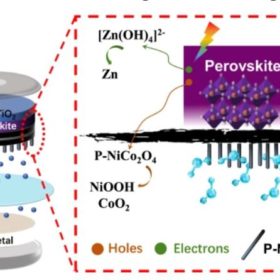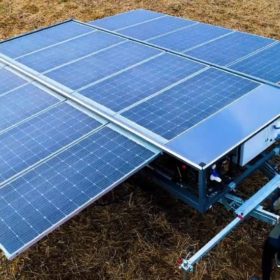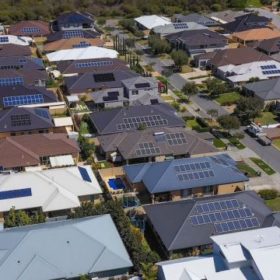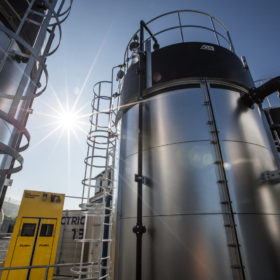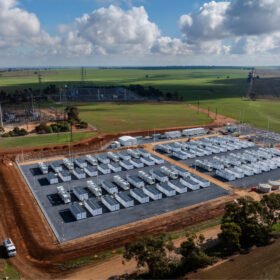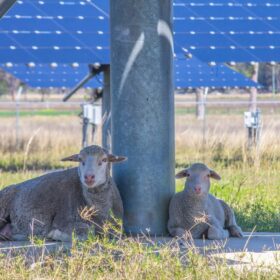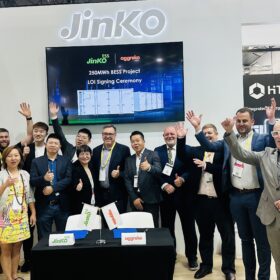Australia’s battery capacity to double in 2022
After the deluge of announcements last year, 2022 will see the trickle of big batteries actually operating in Australia turn to a flood. According to Rystad Energy, the country’s battery capacity is set to double before the year is out.
Large-scale storage options for compressed hydrogen
Researchers from Finland and Sweden have reviewed different ways to store compressed gaseous hydrogen, including storage vessels, geological storage, and other underground options.
NSW network provider steps up standalone power system plans
Standalone power systems utilising solar PV and battery technology continue to gain traction in the Australian market with New South Wales Government-owned network service provider Essential Energy announcing it will seek input from customers living at the “edge of the grid” as it seeks to expand its roll out of the off-grid technology.
Investors submit 34 GW of wind, solar and storage for NSW renewable zone
Renewable energy investors’ appetite for large-scale development in Australia appears far from sated with the New South Wales Government revealing almost 50 new solar PV, wind and energy storage projects, totalling more than 34 GW, have been proposed for the South-West Renewable Energy Zone.
PV-powered rechargeable aqueous zinc battery
Conceived by scientists in China, the device combines an integrated carbon-based perovskite solar cell module with a rechargeable aqueous zinc metal cell. The proposed system achieved an overall efficiency of 6.4%, and a steady operation for more than 200 cycles with little performance degradation.
Sunday read: V2G driving grid changes
The uptake of EVs in the years ahead will add up to staggering battery capacity, mostly sitting idle on driveways. The two-way flow of electricity from EV batteries, known as vehicle to grid, could not only enable power systems to rely on intermittent renewables, but could also be the trump card for network operators to respond to grid disturbances. However, there are still a few catches to be worked out, as Marija Maisch explains.
Saturday read: the actual, real demand for green hydrogen
Green hydrogen is being proposed for an ever-wider variety of uses. While some of these are still a way off, others make little sense. But there are sectors where demand for green hydrogen is a reality today, writes Christian Roselund.
Solar trailer for off-grid applications
Developed by French start-up Ecosun, the trailer is equipped with 15 solar panels with output of 360 W and batteries with a storage capacity of 23 kWh. It can be used for construction sites, military camps and water pumping systems.
EleXsys targets rooftop solar increase with trial of next-gen technology
Queensland company eleXsys Energy has secured more than $450,000 to help finance a trial of next-generation technology designed to manage grid stability in low voltage areas, potentially allowing for an increase in the amount of distributed energy resources, including rooftop solar, that can be connected to the grid.
Microgrid project using vanadium redox flow battery
SDG&E and Sumitomo Electric complete a pilot microgrid project in California that successfully powered utility customers solely with energy stored in a flow battery.
